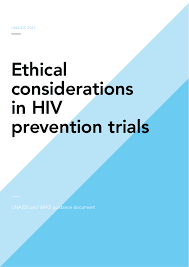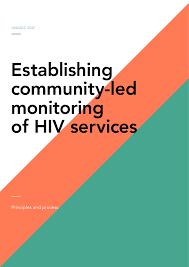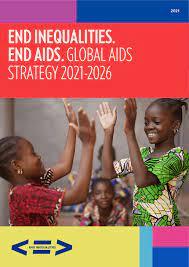Toolkits & instruments
- Home
- Toolkits & instruments
UNAIDS and the World Health Organization have published this updated guidance on ethical considerations in HIV prevention trials. The new guidance is the result of a year-long process that saw more than 80 experts and members of the public give inputs and is published 21 years after the first edition appeared. Read the story announcing this guidance
Checklist and reference list for developing and reviewing a national strategic plan for HIV
The checklist and reference list is meant to complement and build on the most recent normative guidelines produced by UNAIDS Cosponsors and the Secretariat and not to replace them. The checklist has built-in hyperlinks for such guidelines for easy reference. The checklist and reference list has two parts: high-level cross-cutting content (Part A) and specific programme content (Part B). Part A applies to all countries and contains situation and response analysis, the NSP development process, the goal, targets and priority-setting of the NSP and the principles of human rights and gender equity and sustainability. Part B comprises the programme requirements of prevention, treatment and care, comorbidities and integration, social protection, health systems, community engagement, human rights and gender equity, efficiency and effectiveness, governance, management and accountability, HIV and the humanitarian response. Countries need to select the relevant elements of Part B depending on the country-specific context and consensus among the key stakeholders on what is needed. This checklist, including the yes or no choice and justification, is not meant to be submitted to UNAIDS but is intended to assist the NSP development and review team to systematically think through the options and make an evidence-informed decision for the country to produce a meaningful and useful NSP or review report.
Twenty years ago, as the AIDS pandemic rapidly spread across the world, the international community for the first time collectively set an ambitious target to halt and reverse the spread of HIV by 2015. When this was achieved, we set an even more ambitious goal in 2016— to end AIDS as a public health threat by 2030. The collective vision of UNAIDS underpins these targets: zero new HIV infections, zero discrimination, zero AIDS-related deaths. Global solidarity and community resilience has saved millions of lives. But far more could have been done. Many of the inequalities that facilitated the spread of the AIDS pandemic are getting worse and continue to fan the spread of HIV in many parts of the world. COVID-19 has brought these inequalities to the forefront and exposed the fragility of the gains we have made. The resilience and experience of the HIV response in addressing inequalities that disproportionately affect the key populations and priority populations is critical to the once-in-a-generation opportunity to ‘build back better’ from COVID-19. There is hope. The solutions exist. 40 years of experience in the HIV response has provided the evidence of what works. Some countries have reached control of their AIDS epidemics. We know how to end AIDS, and this is the Strategy to get us there.





